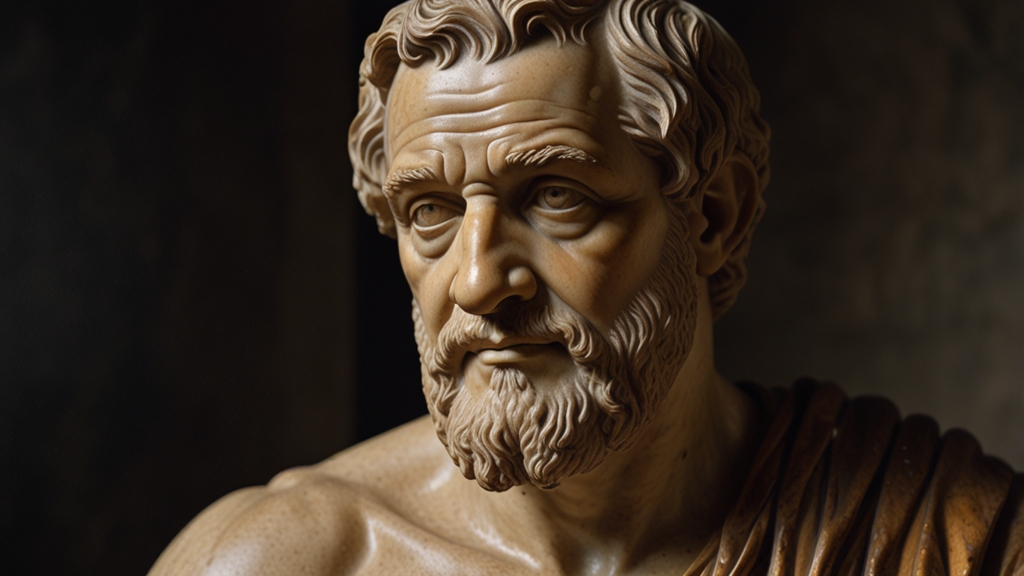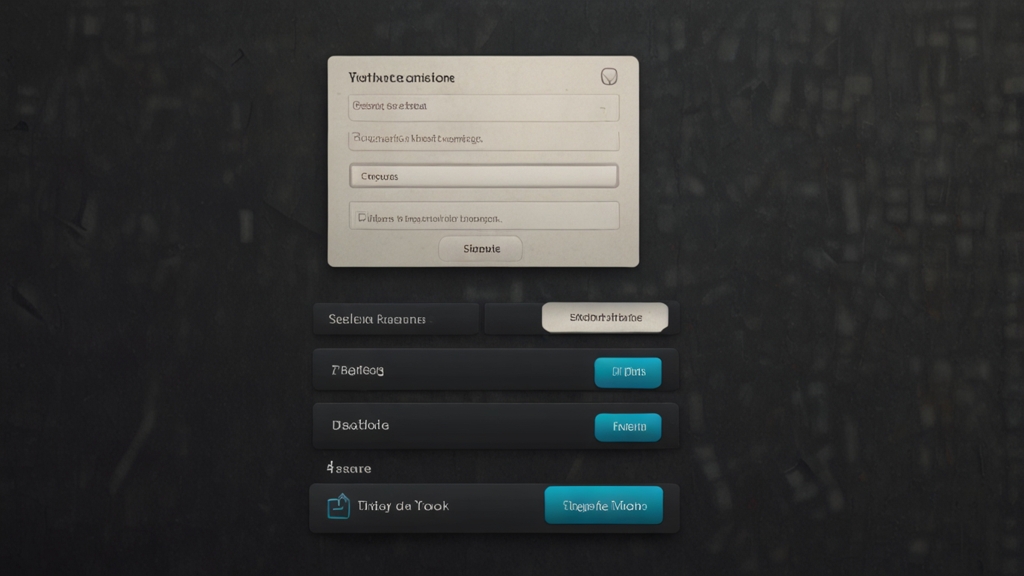Transforming Your Ideas Into Reality with Python
In the realm of programming languages, Python has proven to be a powerful and flexible tool, making it the preferred choice for many developers. Whether you’re a seasoned coder or a beginner, Python’s simplicity and readability can transform your innovative ideas into functional reality. This article will guide you through the process of bringing your concepts to life using Python.
The Versatility of Python
One of the key reasons Python stands out is its versatility. It supports a wide array of applications that range from web development and data analysis to artificial intelligence and scientific computing. Python’s extensive libraries and frameworks, such as Django for web development, Pandas for data analysis, and TensorFlow for machine learning, provide robust tools to turn a variety of ideas into working prototypes.
The only limit to what you can create with Python is your own imagination.
Getting Started: Defining Your Idea
Before diving headfirst into coding, it’s crucial to have a clear and well-defined idea. Ask yourself the following questions:
- What problem does your idea solve?
- Who is your target audience?
- What are the core functionalities required?
Having a clear understanding of your project’s goals will help you make informed decisions throughout the development process. Consider creating a flowchart or a basic outline to visualize the workflow and functionalities.
Setting Up Your Environment
To start coding in Python, you need to set up a conducive programming environment. Here’s a brief checklist:
- Install Python from the official website: python.org
- Choose an Integrated Development Environment (IDE) like PyCharm, Visual Studio Code, or Jupyter Notebooks.
- Install necessary libraries using
pip, Python’s package installer.
Once you have your environment ready, you can begin writing your code.
From Concept to Code
Writing Python code is straightforward thanks to its simple syntax. Here’s an example of how to translate a basic idea into Python code. Suppose you want to create a simple calculator.
# Define functions for the basic operations
def add(x, y):
return x + y
def subtract(x, y):
return x - y
def multiply(x, y):
return x * y
def divide(x, y):
if y == 0:
return "Cannot divide by zero!"
return x / y
# User input interface
print("Select operation:")
print("1. Add")
print("2. Subtract")
print("3. Multiply")
print("4. Divide")
choice = input("Enter choice(1/2/3/4): ")
number1 = float(input("Enter first number: "))
number2 = float(input("Enter second number: "))
if choice == '1':
print(f"The result is: {add(number1, number2)}")
elif choice == '2':
print(f"The result is: {subtract(number1, number2)}")
elif choice == '3':
print(f"The result is: {multiply(number1, number2)}")
elif choice == '4':
print(f"The result is: {divide(number1, number2)}")
else:
print("Invalid input")
This basic example demonstrates Python’s readability and ease of use. With just a few lines of code, you create a functional calculator.
Scaling Up: Leveraging Libraries and Frameworks
To transform more complex ideas into reality, Python’s vast ecosystem of libraries and frameworks can be invaluable. For instance:
- Web Development: Use Django or Flask to build feature-rich web applications.
- Data Analysis and Visualization: Leverage Pandas, NumPy, and Matplotlib for comprehensive data projects.
- Machine Learning: Implement AI solutions with TensorFlow, Keras, or Scikit-Learn.
- Automation: Automate repetitive tasks using libraries like Selenium and BeautifulSoup.
Python provides a powerful framework, combining ease of use with wide-ranging capabilities, making it ideal for transforming ideas into reality rapidly and efficiently.
Testing and Debugging
Testing and debugging are crucial steps in the development process. Python’s unittest framework can help you automate tests to ensure your code runs smoothly under various conditions. Additionally, Python’s built-in debugger pdb allows you to step through your code, helping identify and fix bugs more efficiently.
Bringing It All Together
Transforming ideas into reality with Python involves a series of methodical steps, from defining your idea to leveraging Python’s powerful libraries and frameworks, and finally, thorough testing and debugging. Python’s versatility and ease of use make it a favorite among developers, allowing innovative ideas to be implemented quickly and effectively.
So, next time you have an idea bubbling in your mind, remember that Python is there to help you turn it into reality.
Let your imagination soar and harness the power of Python to bring your ideas to life.









